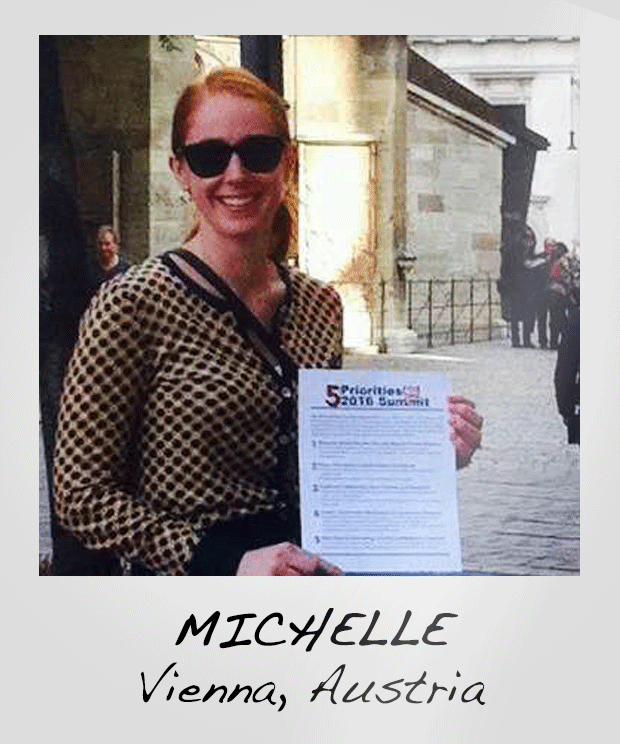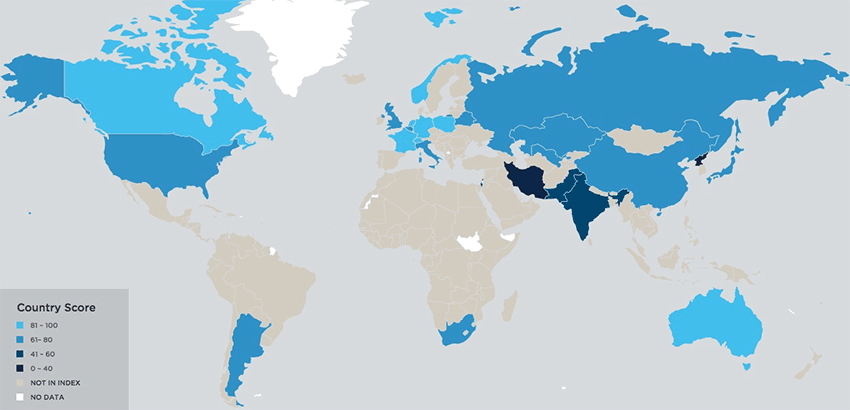Some of the most dangerous nuclear material is one accident or security breach away from causing a catastrophe—and our world leaders haven’t done nearly enough to step up and protect us.

Nuclear Materials: Dangerous if Unsecured
Keeping nuclear and radioactive materials secure is incredibly important. Even the smallest amount of unsecured material, no matter where it is on earth, could have potentially catastrophic consequences. So despite all of the other things that are competing for our attention and time, we need to hold our leaders accountable for keeping our communities safe from nuclear terrorism.
A nuclear terror attack in a major city could instantly kill hundreds of thousands of people and set off a chain of events with humanitarian, economic, environmental, and security consequences for every single person on the planet.
The greatest barrier to getting a nuclear bomb isn’t building the device itself, but acquiring the nuclear materials that make the bomb so destructive. There are only a couple of materials that can make a true nuclear bomb: highly-enriched uranium or separated plutonium. These are the most dangerous, but there are also many other radioactive materials that could be used to make a simpler “dirty bomb” that could contaminate whole city blocks with radiation and cause panic.
Where are these materials? For the most dangerous materials—the ones that could be part of a nuclear bomb—this interactive map from the Nuclear Threat Initiative’s “Nuclear Materials Index” shows the 25 countries with 1 kilogram or more, as well as each country’s score in the NTI index. (The NTI index assesses nuclear materials security conditions around the world. A third edition of the NTI index will be released in January 2016 with new data and new results.)
As for dirty bomb materials, those are in too many different countries and sites, without any kind of global accounting, to be able to map.
Because unsecured nuclear material anywhere is a threat everywhere, only international agreements can ensure that these dangerous materials are truly secure. Our leaders need to step up and take bold action.
Existing Agreements: Not Far Enough
It may surprise many people to learn how underdeveloped the global nuclear security system is. Most of the international rules governing how nuclear and radioactive materials are used, stored, and transported are voluntary. States devise their own rules for protecting sensitive material and don’t share much information about it with their neighbors or the international community.
The two international treaties that do exist don’t go far enough to protect the public. One agreement, the Convention on the Physical Protection of Nuclear Material, covers nuclear bomb materials, but not those that could be used in a dirty bomb. It’s also not fully in force because too few countries have agreed to a critical amendment that strengthens the treaty’s requirements. The other treaty, the International Convention for the Suppression of Acts of Nuclear Terrorism, is inclusive of all dangerous materials, but it is focused on responding to acts of terrorism, not preventing them.
The international nuclear security system must be proactive, not reactive. Today, it has no binding international standards, limited independent reviews, little information sharing, and no mechanism to ensure continuous improvement. Governance structures cannot be reformed overnight, but world leaders must invest their time and attention to construct a better system. Acting on the 5 Priorities at the 2016 Nuclear Security Summit is one way to do that.


